Home>Gardening & Outdoor>Landscaping Ideas>How To Grow Grass In California


Landscaping Ideas
How To Grow Grass In California
Modified: October 18, 2024
Learn expert landscaping ideas for growing grass in California. Discover the best tips and techniques for a lush, green lawn in your California landscape.
(Many of the links in this article redirect to a specific reviewed product. Your purchase of these products through affiliate links helps to generate commission for Storables.com, at no extra cost. Learn more)
Introduction
Welcome to the Golden State, where the sun shines bright, the ocean breeze is invigorating, and the landscapes are as diverse as they come. California’s unique climate and topography make it a captivating place to live, but they also present distinct challenges for cultivating and maintaining a lush, green lawn. Whether you’re a homeowner in Los Angeles, a business owner in San Francisco, or a resident of any of the other vibrant cities across the state, the quest for a thriving lawn is a common endeavor.
In this comprehensive guide, we’ll delve into the art and science of growing grass in California. From understanding the nuances of California’s climate to selecting the right grass type, preparing the soil, and implementing effective maintenance practices, we’ll cover every aspect of the process. By the end, you’ll be equipped with the knowledge and insights needed to transform your outdoor space into a verdant oasis that flourishes in California’s unique environment.
Key Takeaways:
- Choose the right grass type for your California lawn based on your specific location’s climate, soil, and sunlight conditions to ensure a thriving, resilient, and environmentally conscious lawn.
- Implement tailored watering, maintenance, and pest control practices to nurture a healthy, vibrant lawn that can withstand the diverse climates and challenges of California’s landscapes.
Read more: What Grass Is Best For Southern California
Understanding California’s Climate
California’s climate is as diverse as its landscapes, encompassing everything from Mediterranean and desert climates to alpine and temperate zones. The state’s vast size and varied topography contribute to a wide range of microclimates, each with its own distinct characteristics and challenges for growing and maintaining grass.
Coastal regions, such as San Francisco and San Diego, experience mild, moist winters and dry summers, characteristic of a Mediterranean climate. In contrast, inland areas like the Central Valley and parts of Southern California endure hot, arid summers and cooler winters, resembling a desert climate. Additionally, the mountainous regions in the Sierra Nevada and the Cascades exhibit alpine conditions, with colder temperatures and significant snowfall during the winter months.
Understanding the specific microclimate of your location is crucial when selecting the right grass type and implementing appropriate care practices. Factors such as temperature fluctuations, precipitation levels, soil composition, and sun exposure all play a role in determining the viability of different grass species.
For instance, in coastal areas, cool-season grasses like fescue and ryegrass thrive due to the moderate temperatures and ample moisture. In contrast, warm-season grasses such as Bermuda grass and St. Augustine grass are better suited to the hotter, drier conditions found in inland and desert regions.
By gaining a comprehensive understanding of California’s diverse climate patterns and their impact on grass growth, you can make informed decisions when it comes to selecting the most suitable grass variety for your specific location. This knowledge will serve as the foundation for a successful lawn that not only survives but thrives in California’s unique environment.
Choosing the Right Grass Type
When it comes to growing grass in California, selecting the right grass type is a pivotal decision that significantly influences the success of your lawn. The diverse microclimates across the state necessitate a tailored approach to grass selection, taking into account factors such as temperature tolerance, water requirements, and overall resilience in the face of California’s unique environmental challenges.
For coastal regions with mild, moist winters and dry summers, cool-season grasses like Kentucky bluegrass, tall fescue, and fine fescue are popular choices. These grasses thrive in the moderate temperatures and exhibit good drought tolerance, making them well-suited for the coastal climate.
In contrast, warm-season grasses such as Bermuda grass, Zoysia grass, and St. Augustine grass are better suited to the hot, arid conditions found in inland and desert regions of California. These grasses are known for their heat tolerance and ability to withstand periods of drought, making them ideal for areas with intense sun exposure and limited water resources.
When selecting a grass type, it’s essential to consider not only the climate but also the specific conditions of your lawn, such as sun exposure, soil type, and foot traffic. For example, if your lawn receives ample sunlight, a sun-loving grass variety like Bermuda grass would be a suitable choice. Conversely, if your lawn is shaded for a significant portion of the day, a shade-tolerant grass such as fine fescue would be more appropriate.
Furthermore, water availability and conservation are critical considerations in California, where water resources can be limited. Opting for drought-tolerant grass varieties can help reduce water usage while maintaining a healthy, green lawn. Many warm-season grasses, including Bermuda grass and Zoysia grass, exhibit excellent drought resistance, making them environmentally conscious choices for California’s water-conscious landscape.
By carefully evaluating the unique characteristics of your location and considering the specific attributes of different grass types, you can make an informed decision that aligns with the climate, environmental sustainability, and the specific needs of your lawn. Choosing the right grass type sets the stage for a thriving, resilient lawn that enhances the beauty of your outdoor space while adapting to the challenges of California’s diverse climate.
Preparing the Soil
The foundation of a healthy and vibrant lawn in California begins with the soil. Proper soil preparation is essential for creating an environment where grass can establish strong roots, access essential nutrients, and withstand the unique challenges posed by California’s diverse climate and terrain.
Before planting grass, it’s crucial to assess the soil composition and make any necessary amendments to optimize its quality. Many regions in California have soil that is either sandy or clay-based, both of which present distinct challenges for grass growth. Sandy soil tends to drain quickly and may struggle to retain nutrients, while clay soil can become compacted, hindering root development and water infiltration.
To improve soil structure and fertility, incorporating organic matter such as compost or well-rotted manure can enhance nutrient retention and drainage, regardless of the soil type. Additionally, using a soil test kit to analyze the pH and nutrient levels of the soil can provide valuable insights into its composition, enabling targeted adjustments to create an optimal growing environment for grass.
Aerating the soil is another critical step in soil preparation, especially in areas where the soil has become compacted. Aeration involves perforating the soil with small holes to alleviate compaction, improve water infiltration, and enhance the circulation of air and nutrients to the grassroots. This process promotes healthy root development and overall soil vitality, laying the groundwork for a resilient and thriving lawn.
Furthermore, addressing any drainage issues is essential, particularly in regions prone to heavy rainfall or irrigation. Poor drainage can lead to waterlogged soil, which is detrimental to grass roots and can create an environment conducive to diseases and fungal infections. Implementing drainage solutions, such as installing French drains or creating swales, can help mitigate excess water and prevent waterlogging, ensuring that the soil provides an optimal foundation for healthy grass growth.
By diligently preparing the soil and addressing its unique characteristics and challenges, you can create an environment that fosters robust grass growth and long-term resilience. Thoughtful soil preparation sets the stage for a thriving lawn that can withstand the diverse climates and terrain found throughout California, ultimately enhancing the beauty and vitality of your outdoor space.
Choose a drought-tolerant grass variety like Bermuda or St. Augustine for California’s dry climate. Water deeply but infrequently, and mow at a higher setting to promote root growth.
Planting the Grass
Planting grass in California requires careful attention to timing, preparation, and maintenance to ensure successful establishment and long-term vitality. Whether sowing seeds or laying sod, the process of planting grass sets the stage for a lush, resilient lawn that can thrive in the diverse climates and conditions found across the state.
Timing is a crucial consideration when planting grass in California. In coastal regions with mild winters, early fall or late winter/early spring are optimal times for planting cool-season grasses, while warm-season grasses are best planted in late spring or early summer to coincide with the warmer temperatures and increased sunlight.
For cool-season grasses, preparing the seedbed by loosening the soil and incorporating organic matter is essential for promoting strong root development and seedling establishment. After evenly distributing the seeds, gently raking the soil to cover the seeds to the appropriate depth is crucial for ensuring good seed-to-soil contact, which is essential for germination. Adequate watering is then required to keep the soil consistently moist during the germination and establishment phase.
When laying sod, proper soil preparation is equally important. Clearing the area of debris and ensuring a level surface sets the stage for successful sod installation. Once the sod is laid, rolling it to promote good contact with the soil and eliminate air pockets is essential for encouraging root establishment and minimizing the risk of drying out. Watering the sod immediately after installation and maintaining consistent moisture levels during the initial establishment phase is critical for ensuring successful rooting and integration with the soil.
After planting grass, diligent maintenance is essential for nurturing its growth and ensuring long-term health. Adequate watering, mowing at the appropriate height, and implementing a fertilization schedule tailored to the specific grass type and regional climate are all essential components of post-planting care.
By following best practices for planting grass and tailoring the approach to the unique characteristics of your location and chosen grass type, you can establish a resilient, vibrant lawn that enhances the beauty of your outdoor space and thrives in California’s diverse climates and conditions.
Read more: How Far Is Grass Valley, California
Watering and Maintenance
Watering and maintenance are critical aspects of nurturing a healthy, vibrant lawn in California’s diverse climate. With the state’s varying microclimates and distinct seasonal patterns, implementing effective watering practices and a tailored maintenance regimen is essential for ensuring the long-term resilience and beauty of your grass.
Watering your lawn in California requires a thoughtful approach that considers the specific needs of your grass type, local climate, and soil conditions. In regions with Mediterranean climates, such as coastal areas, a deep and infrequent watering schedule is often recommended for cool-season grasses. This approach encourages deep root growth and helps the grass withstand dry periods, promoting overall resilience.
For warm-season grasses in hotter, drier regions, a similar deep watering strategy is beneficial, supplemented by adjustments to accommodate the increased water needs during periods of intense heat. Implementing water-efficient practices, such as using moisture-retaining mulch and adjusting watering schedules based on seasonal changes, can help conserve water while promoting healthy grass growth.
Maintenance tasks, such as mowing and fertilizing, should be tailored to the specific requirements of your grass type and regional climate. Regular mowing at the appropriate height for your grass variety promotes healthy growth, maintains an attractive appearance, and can help reduce weed competition. Additionally, fertilizing with a balanced, slow-release fertilizer at the right times of the year provides essential nutrients to support grass health and vigor.
Implementing a proactive approach to pest and weed control is also crucial for maintaining a thriving lawn. Regular inspections for signs of pests and diseases, coupled with timely intervention when issues arise, can help prevent widespread damage and preserve the health of your grass. Similarly, employing integrated weed management practices, such as targeted herbicide application and promoting a dense, healthy lawn, can help minimize weed encroachment and maintain the overall beauty of your grass.
By incorporating these watering and maintenance practices into your lawn care routine, you can cultivate a lush, resilient lawn that thrives in California’s diverse climate. Thoughtful attention to the specific needs of your grass type and local environment sets the stage for a healthy, vibrant lawn that enhances the beauty of your outdoor space while adapting to the unique challenges of California’s landscapes.
Dealing with Common Issues
While cultivating a healthy, vibrant lawn in California can be a rewarding endeavor, it’s not without its challenges. Understanding and effectively addressing common issues that can affect grass growth and vitality is essential for maintaining a resilient and beautiful lawn in the face of California’s diverse climates and environmental factors.
One prevalent issue in many parts of California is the presence of drought conditions, which can place significant stress on grass and limit its ability to thrive. To mitigate the impact of drought, implementing water-efficient practices, such as deep and infrequent watering, and selecting drought-tolerant grass varieties can help the lawn withstand periods of limited water availability. Additionally, incorporating organic matter into the soil and using mulch can improve water retention and promote soil moisture, supporting the grass during dry spells.
Another common challenge is the presence of weeds, which can compete with grass for essential resources and detract from the overall appearance of the lawn. Employing integrated weed management strategies, including targeted herbicide application, manual removal, and promoting a dense, healthy lawn through proper watering and fertilization, can help minimize weed encroachment and preserve the beauty of the grass.
Pest infestations, such as grubs and lawn-damaging insects, can also pose a threat to the health of the lawn. Regular monitoring for signs of pest activity and implementing appropriate control measures, such as biological controls or targeted insecticides, can help prevent widespread damage and maintain the vitality of the grass.
Fungal diseases, such as brown patch and dollar spot, can be a concern, particularly in regions with moderate temperatures and high humidity. Ensuring proper air circulation, avoiding excessive nitrogen fertilization, and promoting good drainage can help reduce the risk of fungal infections. Additionally, using disease-resistant grass varieties and promptly addressing any signs of disease can help safeguard the health and appearance of the lawn.
By proactively addressing these common issues and tailoring your approach to the specific challenges of your location and grass type, you can maintain a resilient, vibrant lawn that thrives in California’s diverse climates and landscapes. Thoughtful attention to potential issues and timely intervention can help preserve the beauty and health of your grass, ensuring that it remains a captivating centerpiece of your outdoor space.
Conclusion
Cultivating a thriving lawn in California is a pursuit that blends art, science, and a deep understanding of the state’s diverse climates and landscapes. By navigating the unique challenges and opportunities presented by California’s environmental tapestry, you can create a lush, resilient lawn that enhances the beauty and vitality of your outdoor space.
Understanding California’s varied microclimates and their impact on grass growth is a foundational aspect of successful lawn care. Selecting the right grass type tailored to your specific location and environmental conditions sets the stage for a resilient, thriving lawn that can withstand the challenges of California’s climate.
Thoughtful soil preparation, including amendments to improve soil structure and fertility, creates an optimal environment for grass growth and root development. Whether planting seeds or laying sod, the process of establishing grass in California requires attention to timing, preparation, and diligent maintenance to ensure long-term vitality.
Watering and maintenance practices tailored to your grass type and regional climate are essential for nurturing a healthy, vibrant lawn. Implementing water-efficient strategies, proactive pest and weed control, and thoughtful maintenance routines are integral components of sustaining the beauty and resilience of your grass.
By proactively addressing common issues such as drought, weeds, pests, and diseases, you can safeguard the health and appearance of your lawn, preserving its beauty and vitality in the face of potential challenges.
Ultimately, cultivating a thriving lawn in California is a harmonious blend of environmental stewardship, horticultural expertise, and a deep appreciation for the natural beauty of the state. By embracing the unique characteristics of California’s diverse climates and landscapes, you can create a captivating outdoor space adorned with a lush, resilient lawn that flourishes in harmony with its surroundings.
With a commitment to thoughtful care, a deep understanding of California’s environmental nuances, and a touch of creativity, your lawn can become a vibrant oasis that embodies the timeless allure of the Golden State.
Frequently Asked Questions about How To Grow Grass In California
Was this page helpful?
At Storables.com, we guarantee accurate and reliable information. Our content, validated by Expert Board Contributors, is crafted following stringent Editorial Policies. We're committed to providing you with well-researched, expert-backed insights for all your informational needs.
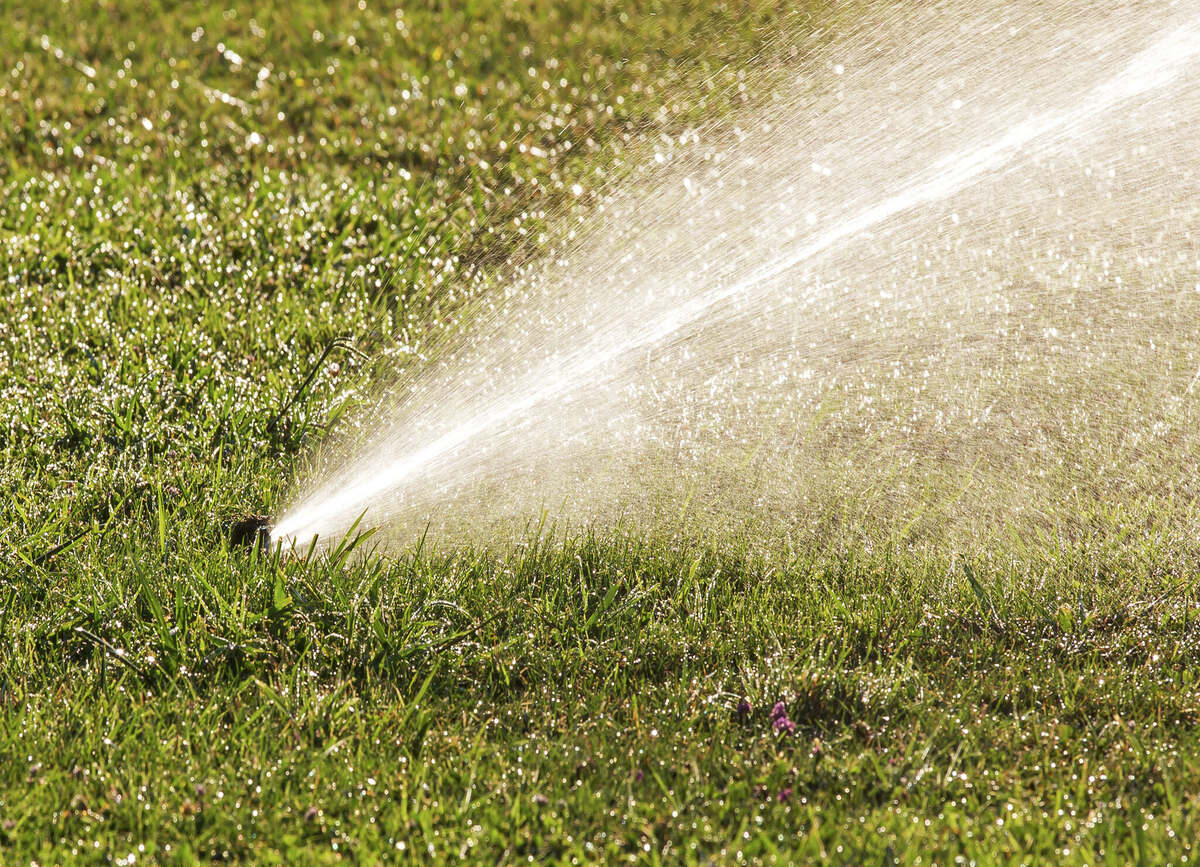

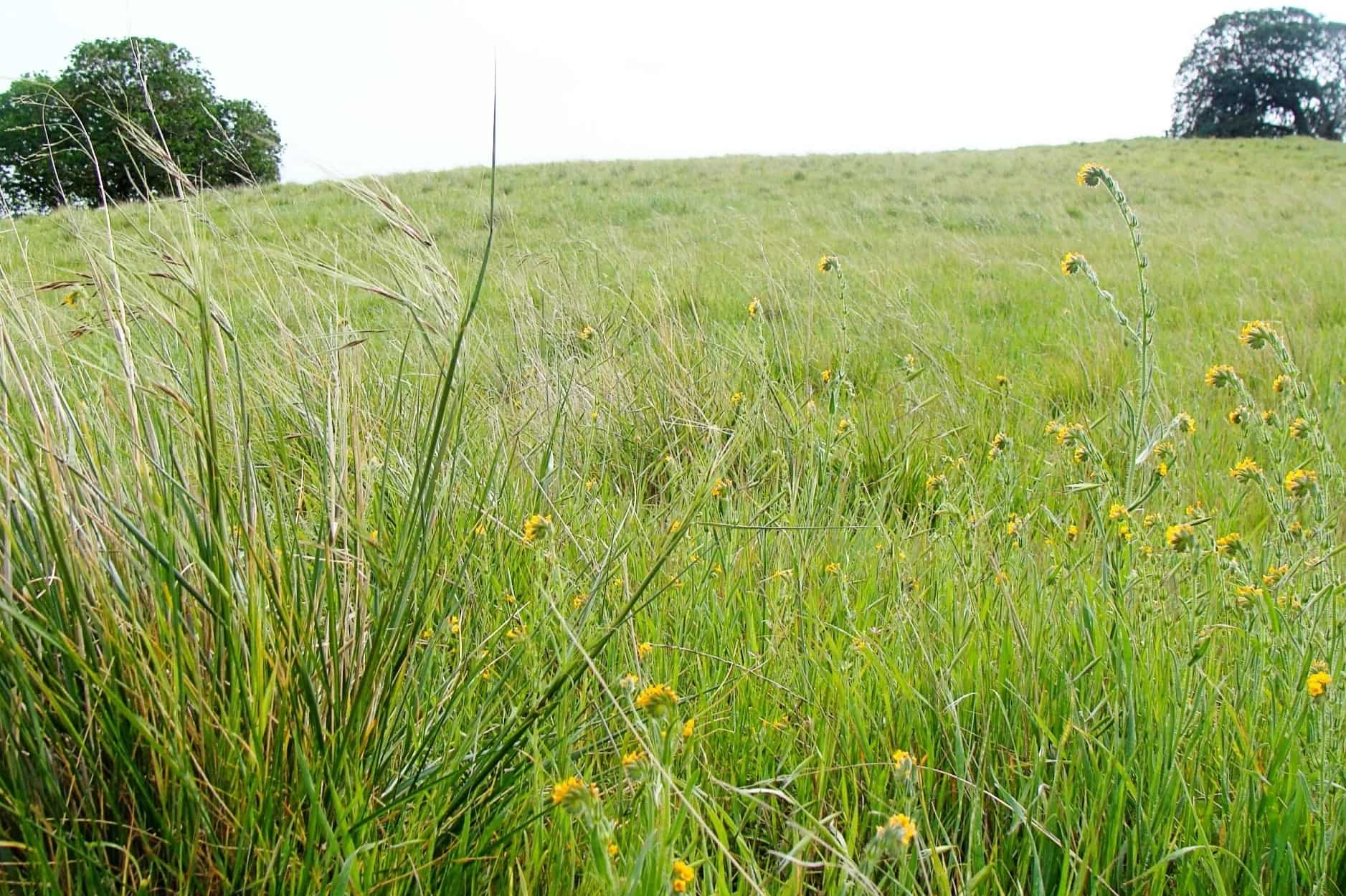


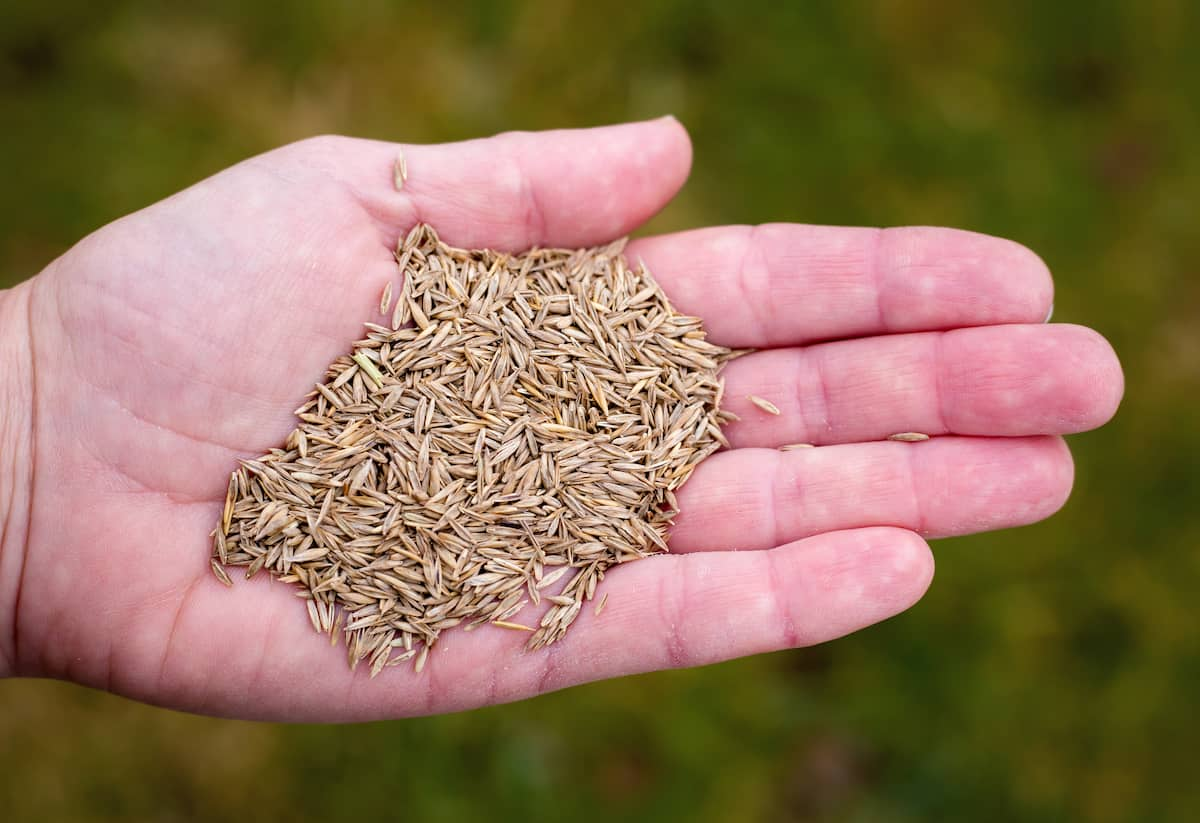
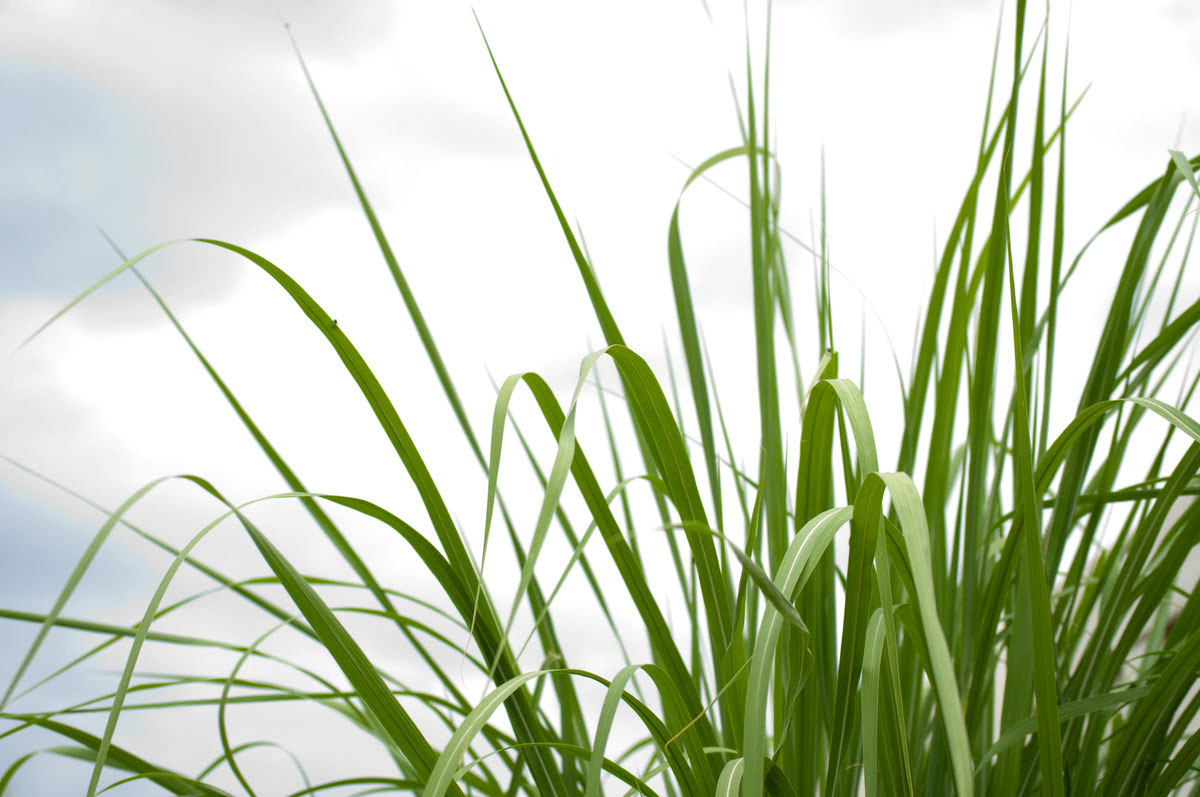

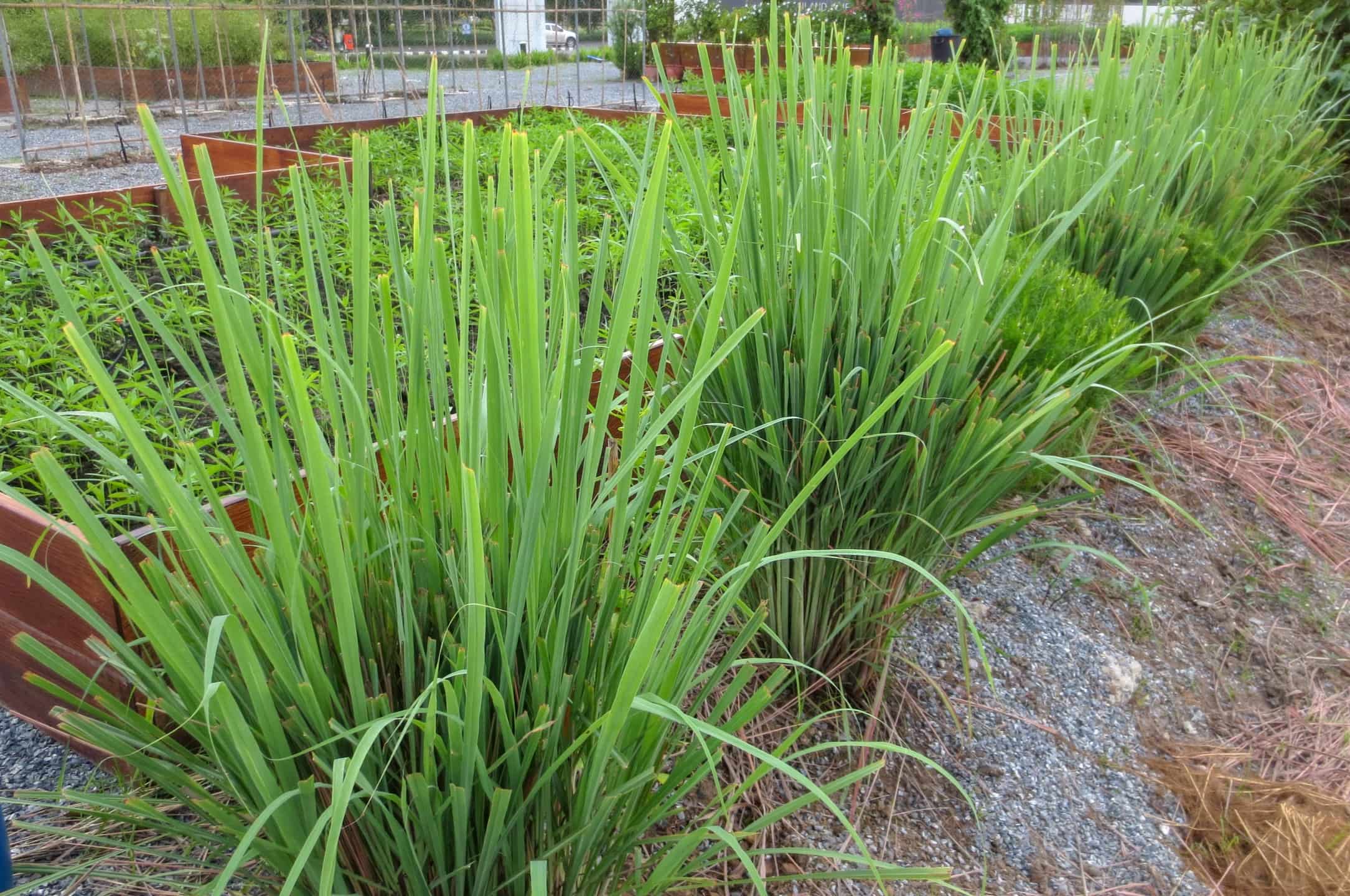



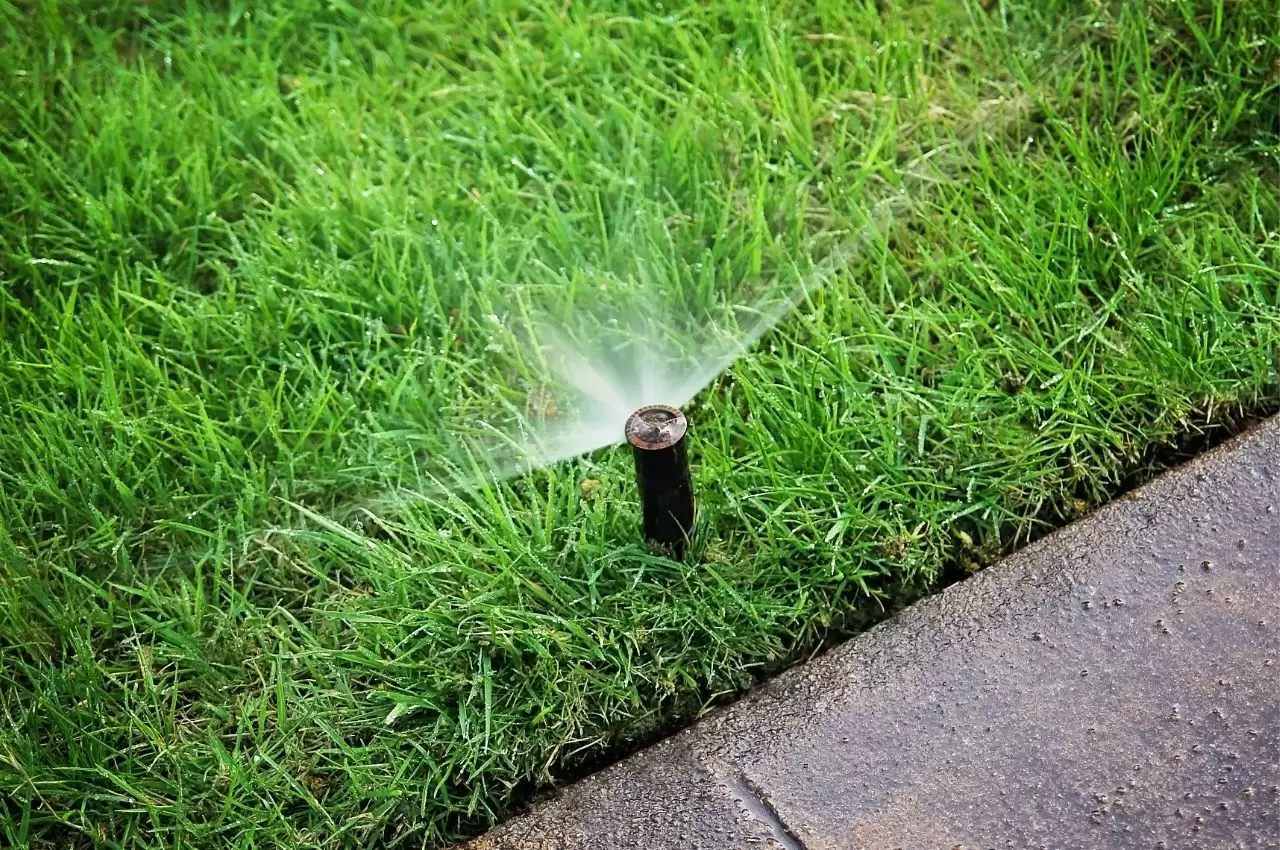


0 thoughts on “How To Grow Grass In California”